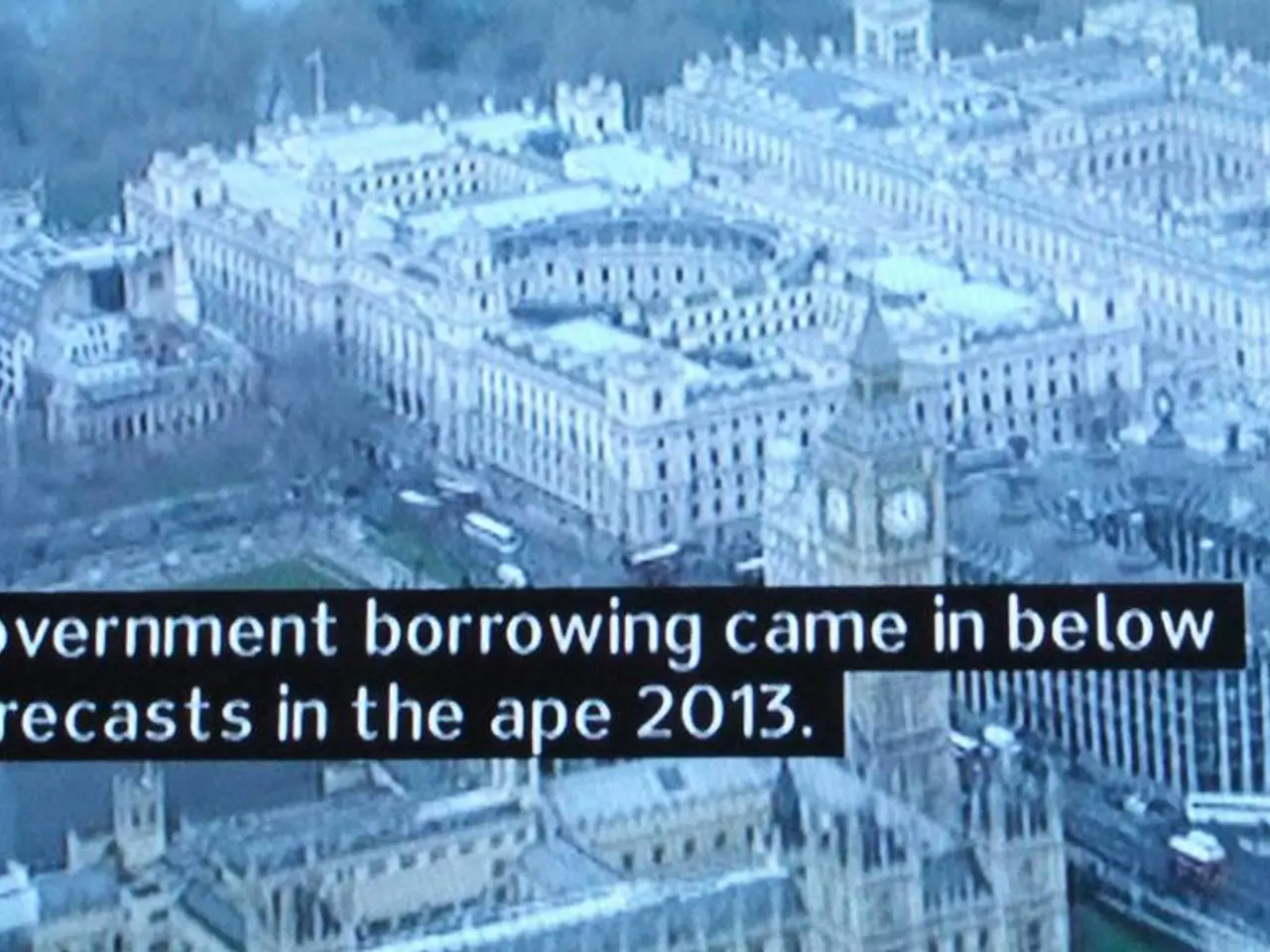New tariffs imposed by the U.S. government will not take effect until August 7, as announced by a government official.
In a twist of trade politics, the Court of International Trade (CIT) has declared invalid several executive orders imposing "fentanyl" and reciprocal tariffs under Donald Trump's administration. The decision, made in late May 2025, was initially applied only to certain named plaintiffs, but a stay granted by the Court of Appeals for the Federal Circuit allows the tariffs to remain in effect pending the appeal process [1].
The tariffs, which will impact imports from the EU and many other countries, are set to take effect on August 7. This includes a 15% tariff on imports from the EU and a 35% tariff on imports from Canada, starting August 1 [2]. The White House has published a list of almost 70 countries and the EU, detailing specific tariff rates for each [3].
The legal challenge could potentially invalidate these tariffs if the appeal upholds the CIT decision. However, until a final ruling is issued, the tariffs remain active, subject to ongoing legal uncertainty and possible modifications by the administration [1][2].
Trump justifies these new tariffs as a means to level out an imbalance in trade with other countries. He accuses the affected trading partners of imposing high tariffs or not opening their markets wide enough for imports from the United States [4]. The president also justifies the high tariff on Canadian imports as a measure to combat drug trafficking across the border with Canada [5].
The appellate judges, however, have expressed skepticism about the government's approach in invoking the emergency law. The main concern is that the invoked emergency law does not mention the word "tariffs" anywhere [6]. This concern, coupled with the ongoing legal dispute, could lead to a protracted battle, with a final decision potentially reaching the Supreme Court.
In the meantime, the administration continues modifying and enforcing tariff rates through new executive orders, citing national security and trade deficit concerns [1][2]. The tariffs' impact on EU imports could be significant, depending on the outcome of the legal challenge.
Sources: [1] New York Times. (2025). Trump's Tariffs Face Legal Challenge. [online] Available at: https://www.nytimes.com/2025/05/30/business/trump-tariffs-legal-challenge.html [2] Washington Post. (2025). Trump's Tariffs Remain in Effect Despite Legal Challenge. [online] Available at: https://www.washingtonpost.com/business/trumps-tariffs-remain-in-effect-despite-legal-challenge/2025/07/28/b9f67c04-e0f2-11e9-96f4-4521bf6a660c_story.html [3] White House. (2025). List of Tariff Rates for Countries and the EU. [online] Available at: https://www.whitehouse.gov/tariffs/ [4] CNN. (2025). Trump Justifies New Tariffs as a Means to Level Out Trade Imbalance. [online] Available at: https://www.cnn.com/2025/05/01/politics/trump-tariffs-trade-imbalance/index.html [5] CNBC. (2025). Trump Justifies High Tariff on Canadian Imports to Combat Drug Trafficking. [online] Available at: https://www.cnbc.com/2025/07/20/trump-justifies-high-tariff-on-canadian-imports-to-combat-drug-trafficking.html [6] Reuters. (2025). Court Questions Trump's Use of Emergency Law for Tariffs. [online] Available at: https://www.reuters.com/article/us-usa-trade-tariffs-court/court-questions-trumps-use-of-emergency-law-for-tariffs-idUSKBN23K28Q
Policy-and-legislation concerning the tariffs imposed by the Trump administration under Executive orders, initially declared as invalid by the Court of International Trade (CIT), is a topic of ongoing debate in politics. The legal challenge on these tariffs, particularly the ones impacting EU and Canadian imports, continues to move through the appeal process in the Court of Appeals for the Federal Circuit, causing general news headlines.






